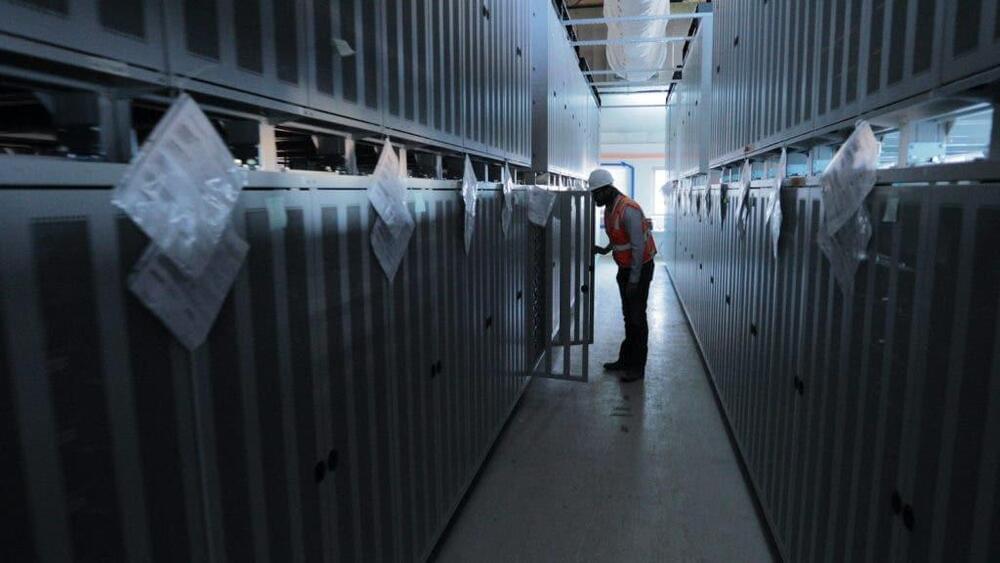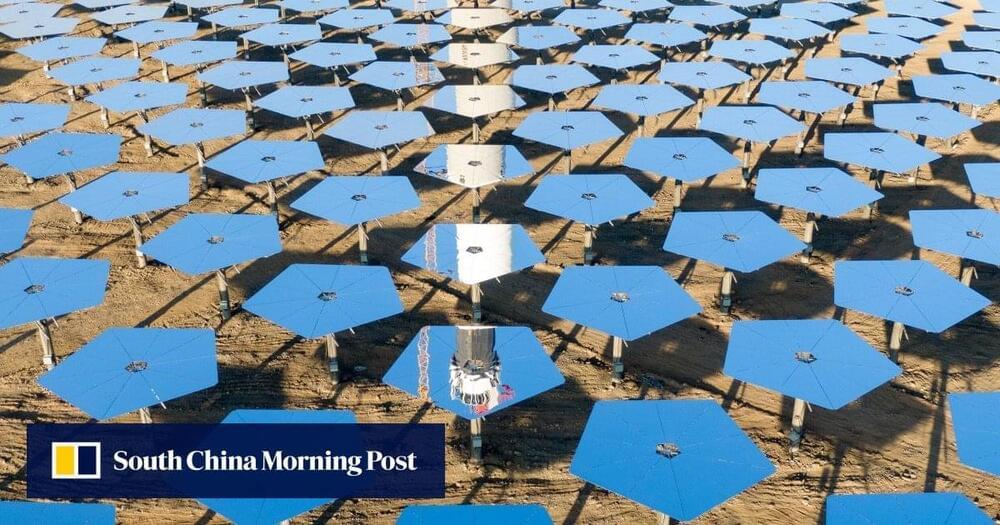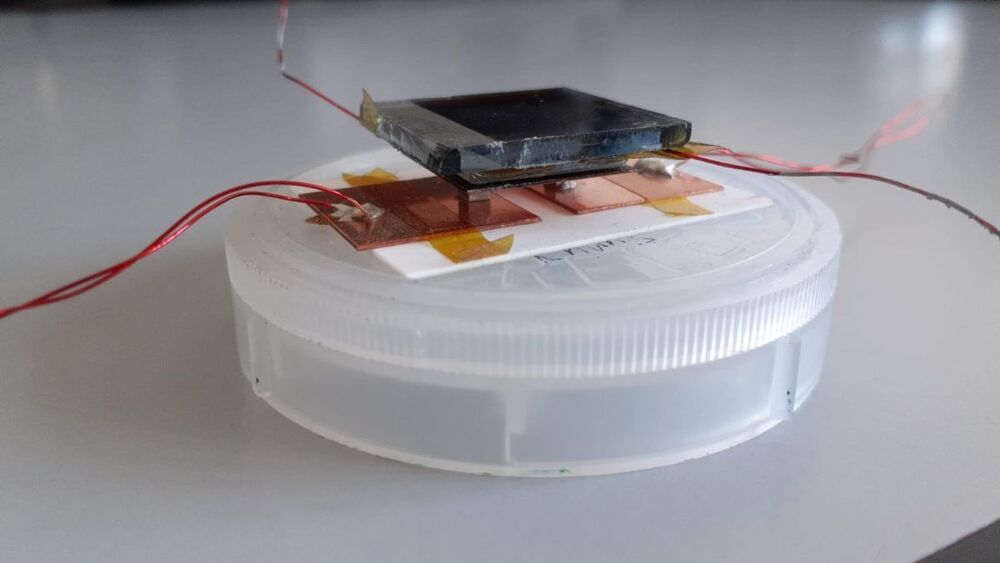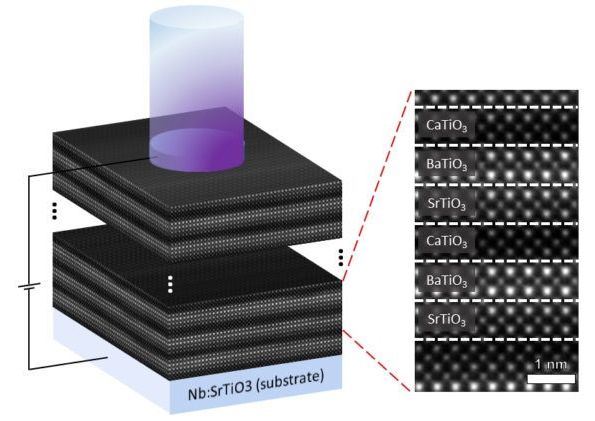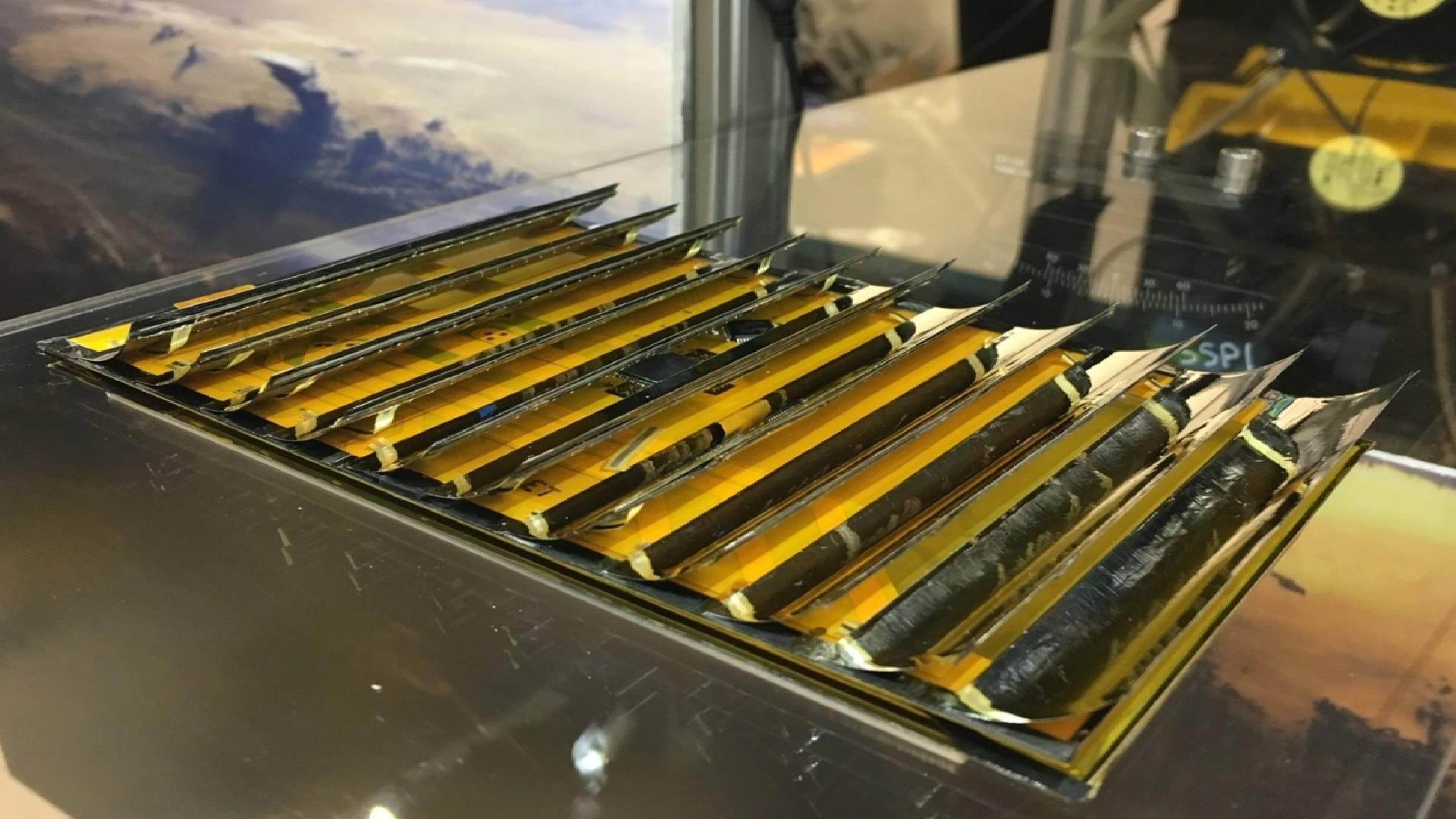Aug 22, 2021
Giant Energy Storage Project Hoovers Up Excess Wind & Solar
Posted by Genevieve Klien in categories: solar power, sustainability
What was that again about wind and solar power being unreliable? Some energy pundits are still tossing that old ball around, but meanwhile savvy investors are plowing billions into new energy storage facilities that spit out clean kilowatts on demand. Like they say, money talks, and in a fitting twist the latest example comes from the Golden State, California.
Massive New Energy Storage Facility For The Golden State
California has plenty of both wind and solar, and it also has an ambitious renewable energy goal, which makes it the perfect spot to launch ambitious clean power projects such as massive new energy storage facilities.
